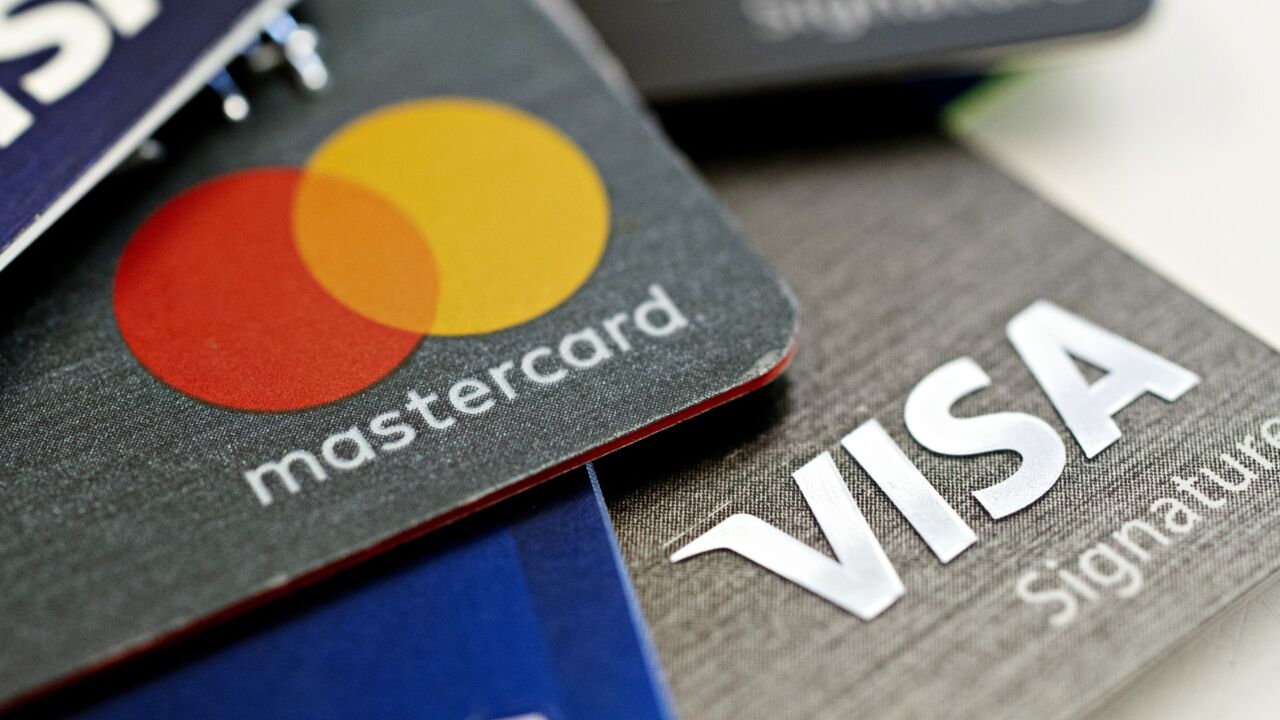Outstanding consumer credit, a reflection of all debt besides mortgages, rose $15.98 billion or at a 5.5% annual rate in October, the Federal Reserve said Monday. That’s a slowdown from September, when it rose at a revised annual rate of 9.9%, but a slight increase from August, when it grew at a 5.1% pace.
The numbers suggest cautious spending by consumers at the start of the holiday season. Recent data show consumers have grown more cautious ahead of the holiday shopping season, a potential drag on economic growth during the final months of the year.
Revolving credit, mostly credit cards, rose at an annual 0.2% rate, sharply lower than in September, when it increased at an annual rate of 8.7%. October’s rate was the smallest gain since February.
Nonrevolving credit, mostly auto or student loans, rose at a 7.4% annual rate, a slower pace than the revised 10.3% rate in September.
U.S. households increased their personal spending a scant 0.1% in October from a month earlier, the Commerce Department said in late November. Consumer spending, which makes up about two thirds of output in the economy, has become an increasingly important gauge of the economy’s resilience.
Nonetheless, more recent data on the labor market suggest a robust pace of job gains, which could boost Americans’ willingness to borrow and spend. Employers added a seasonally adjusted 211,000 jobs in November, the Labor Department said Friday, with upward revisions to previous months.





